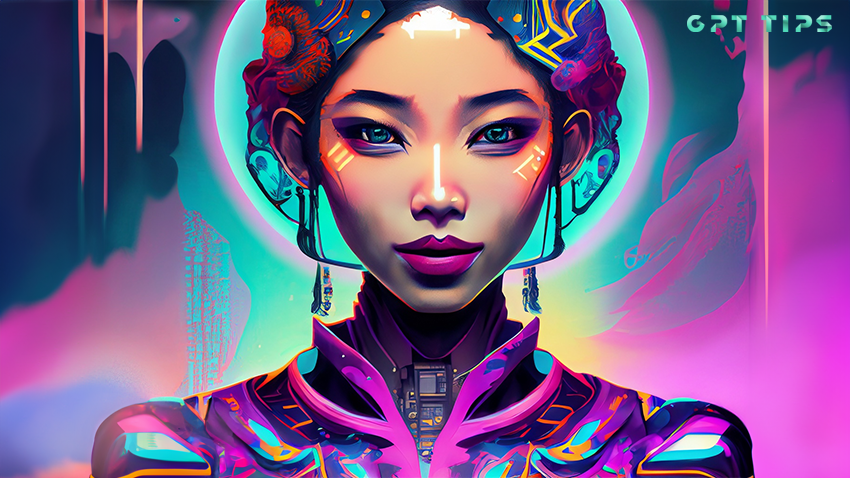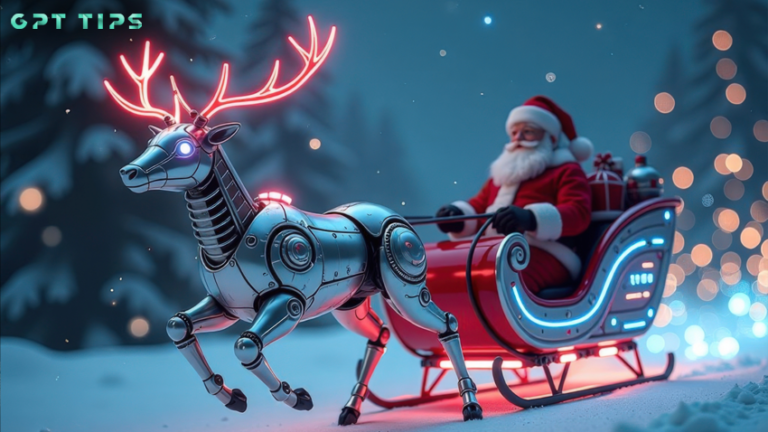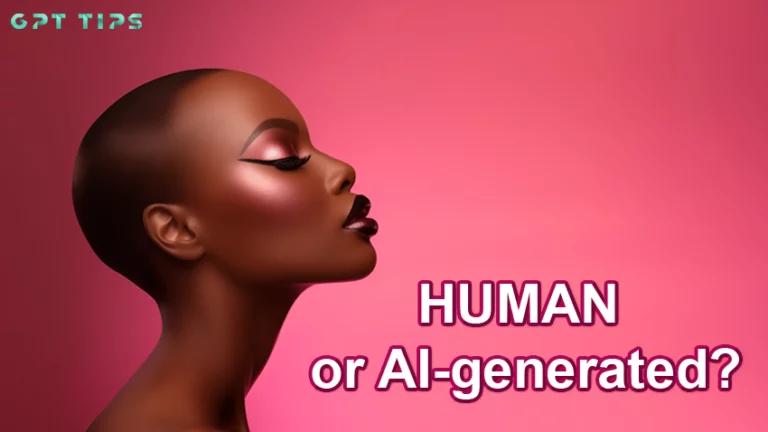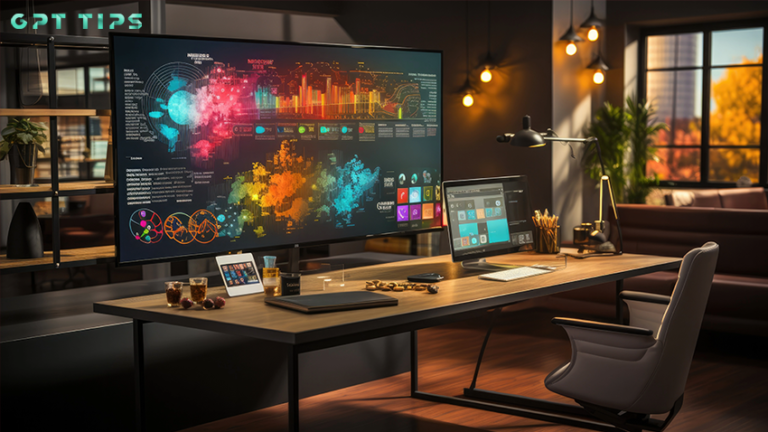Artificial Intelligence (AI) has been making its way into various aspects of our lives, from virtual assistants to self-driving cars. In recent years, AI has even ventured into the world of art, creating paintings, music, and poetry. This fusion of technology and creativity has sparked a lively debate: could AI art be banned? Let’s delve into Exploring the Controversy Will AI Art Get Banned?
The Rise of AI Art:
AI art is born when machines use algorithms to generate creative works. This could be a painting that mimics the style of a famous artist or a piece of music composed by a computer. While some hail this as a groundbreaking fusion of technology and creativity, others raise concerns about the role of human artists and the authenticity of AI-generated artworks.
Arguments For a Ban:
- Threat to Human Creativity: One viewpoint argues that the rise of AI art could stifle human creativity. If machines can produce art that is nearly indistinguishable from human-created works, it might discourage artists from pursuing their craft. This could lead to a decline in originality and innovation.
- Loss of Authenticity: Critics worry that AI art lacks the emotional depth and personal experience that often accompanies human-created art. The subjective human touch, the struggles, and the stories behind the creation might be missing in AI-generated pieces.
- Uncharted Legal Territory: As AI art gains prominence, legal issues arise. Who owns the rights to an artwork created by a machine? Can an AI be considered an author? These questions challenge existing copyright and intellectual property frameworks.
Arguments Against a Ban:
- New Creative Avenues: Proponents of AI art argue that rather than stifling creativity, it opens new avenues for human artists. They can collaborate with AI tools, pushing the boundaries of their work and exploring uncharted territories that were previously unimaginable.
- Expanding Artistic Expression: AI-generated art isn’t a replacement for human art but an expansion of artistic expression. It introduces novel techniques, styles, and forms that can coexist with traditional art, enriching the creative landscape.
- Evolution of Art: Throughout history, art has evolved with technological advancements. From oil paintings to photography, each new medium faced skepticism before being accepted as an art form. AI art might be the next step in this evolutionary journey.
The Middle Ground: Regulation:
Instead of an outright ban, many suggest a middle-ground approach: regulating AI art. This could involve clear labeling of AI-generated works, ensuring transparency about the artist’s identity (human or machine), and possibly establishing new laws to address copyright and ownership in the digital age.
You Might Also Want to Check Out: AI vs. Human Artists
The Verdict:
As of now, an outright ban on AI art seems unlikely. The controversy surrounding AI’s role in the art world reflects a broader societal struggle to adapt to technological changes. It’s important to engage in open conversations involving artists, technologists, legal experts, and the general public to shape a balanced and fair future for AI art.
In the end, the real question isn’t whether AI art will get banned, but how we can navigate this new frontier in a way that respects both human creativity and technological progress. The art world has always been a reflection of the times, and AI’s impact on it is just another chapter in the ever-evolving story of human expression.
Subscribe for the latest news & updates.





Leave a Comment